Your home should say something about you to others but more importantly it should nurture you, says Dermot Bannon, architect and presenter of RTÉ's Sunday hit ratings show Room to Improve.
He learned about this aspect of architecture while working in the healthcare sector and it proved a strong foundation for his warm and open approach to homebuildng. It was about making living easier, he recalls, something the show set out to do when it first launched 10 years ago. “It was a time when the price of stamp duty was such that trading up made no financial sense. It was far smarter to try and add a bedroom or additional bathroom to the existing house.”
More than 10 years of programming later, the kitchen remains the heart of every Irish home. Sitting around the kitchen table is the place where people feel most comfortable, he says. But instead of it being separate to the formal dining and living rooms, open plan living means we now get to spend time together as a family in the same space which gives people the best of old and contemporary Ireland. By subdividing the large space into areas that can open up when you have guests – the dinner party now also happens in the kitchen – and shut down dim the noise and clatter of cooking and laundry, you create a warmer environment both visually and acoustically."
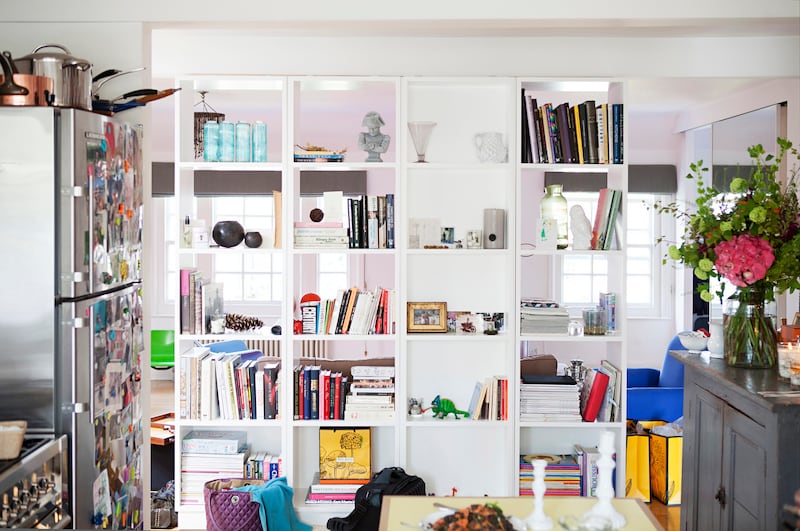
In that time what has really changed is that we now appreciate the quality of the space that we live in. “It is no longer about the size a home is but how it works for those who live in it. Homes now have less rooms; each of those rooms is bigger. Most projects are about getting more light into a home and starting to see the magic of a place from a whole new point of view.”
Hygge
While he believes architecture should be about classic design, pieces that you never change, a decade of working with the public has taught him that people actually like fashion and react to trends. He believes the current obsession with the Danish concept of hygge, where we nurture the soul by lighting fires and candles, is a knee-jerk reaction to the industrial look that had previously been in vogue.
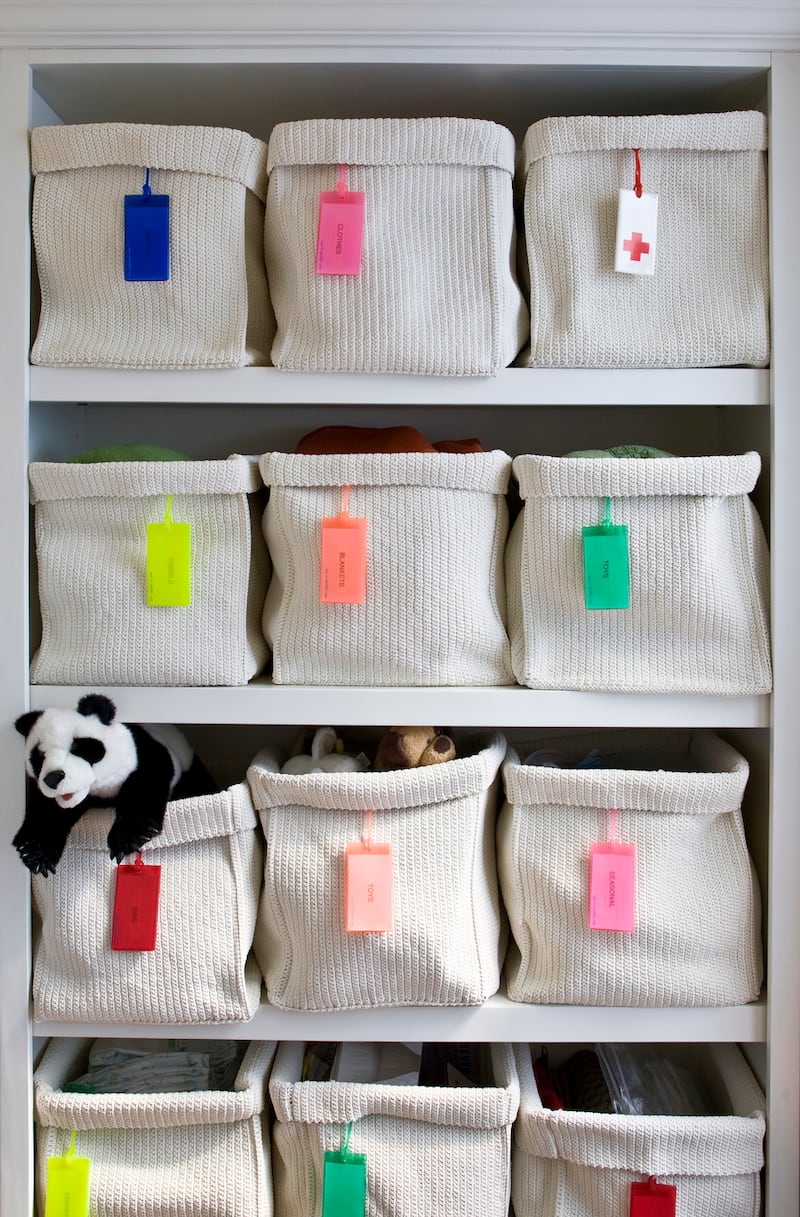
In new homes the big problem is a lack of storage, Bannon says. But before you build a single cupboard you should ask yourself ask what it is that is cluttering up your home and figure out where you want to put that stuff within the house layout.
It’s a useful exercise. As are questions like: Do you need space for goods like nappies or dog food that you bulk buy when they’re on special offer? If you have kids, where is their Lego going to be stored and how do you store it in a way that it will get used? What are the things you collect and want to collect? Bannon is a “devil” for tearing pages from magazines and keeping them in piles in his house. When you figure out these answers you can then “sketch in” solutions: a cloakroom, say, for coats and outdoor shoes; a walk-in hot press for laundry and a utility room where the noisy washing machine and drier can live alongside bulky items like the vacuum cleaner, the boiler and golf clubs and sports kits – in Bannon’s house it’s hurls and sliotars. Once you know what you need, you can build the requisite storage for it.
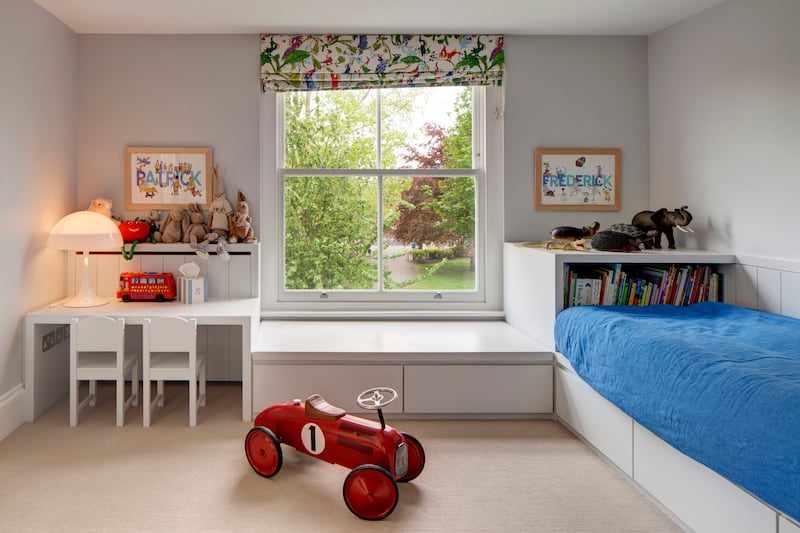
He believes Ireland needs more high-density housing schemes but that we also need to figure out how to fund this type of development. Presently, if a developer wants to build a block of apartments he needs planning as well as funding for the 400 units before he can lay a single brick. But if he builds a more traditional style housing estate he can get planning for 400 units and build it out 10 houses at a time, selling those before he builds the next 10.
He says we have enough family homes, that there are too many single people living in four-bedroom houses with nowhere to downsize to within their communities. New homes don’t have to be big if they are on the doorstep of great amenities such as parks, sports grounds, restaurants and cafes, he says. “If we design our cities properly so that we have great outside spaces we’ll forgive small living spaces.”
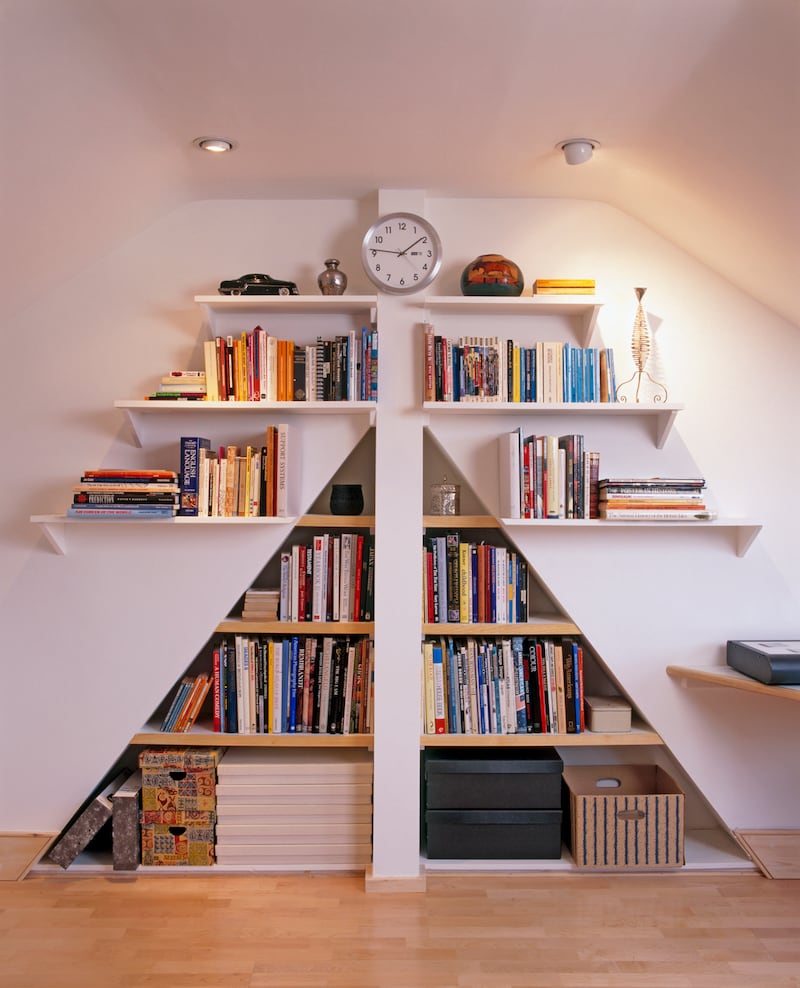
Homes, not assets
The return of news stories about people queuing for new housing saddens him. "In the last 10 years homeowners viewed their homes as just that, homes, not as assets. What queuing does is force them to see them as assets again and it feeds and fuels something that is not sustainable. I think people are in a panic and behaving like you do shopping in the sales. They are being forced into what they think is a prize. Housing in cities like Copenhagen and Berlin is seen as a human right, not just a need."
We shouldn’t be so car bound either, he says. “What we don’t need are three and four-bedroom houses all the way from Dublin to Naas and a two-hour commute time. Developers can only develop. Planners can only address planning when they receive an application. There needs to be more joined-up thinking, greater consideration at master planning level and a banking system that will lend to innovators to create new ways for different life stages to live in; shared spaces with communal rooms for parties, almost like posh student housing, for young people moving to big cities for the first time, for example.”
Despite his high profile job, Bannon has remained living in Drumcondra in the terraced house where he and his wife Louise set up home when it was just the two of them. It has an open plan kitchen, dining room to the rear and living room to the front with an open fireplace. Now they have three kids, Sarah (12), James (9) and Tom (4), and the place has to accommodate gymnastics crash mats, Lego and even a set of football goals.
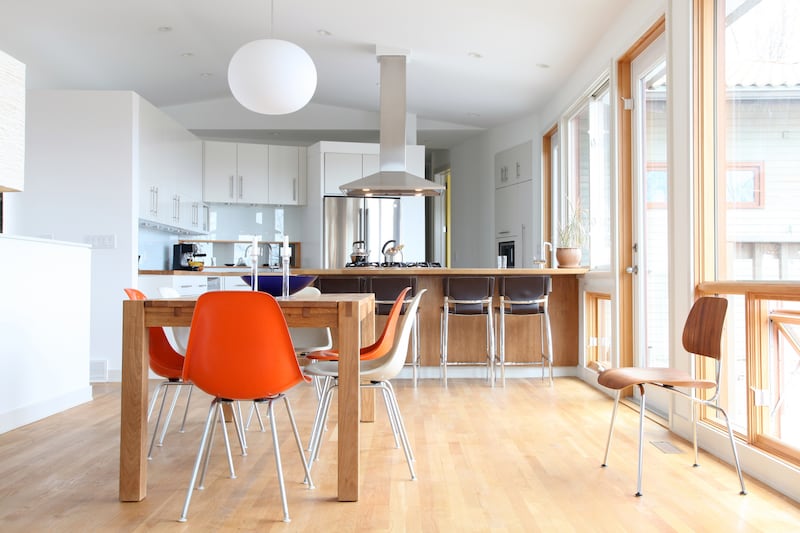
Bursting point
It is, he admits, at bursting point. “The storage is brutal. The utility room isn’t big enough. There are bikes in the hall so it is part student digs, part architect’s home. If I was to do it all again I’d flip the layout to have the bustling kitchen to the front and the more serene living room to the back.”
But for now he is a cobbler’s child – his own project bottom bottom of a never-ending to-do list.
Everyday life goes on despite the lack of storage. Chores are divided. He likes washing and cooking but is "not great at vacuuming and dusting". In fact he doesn't think men notice dust at all. He is proud of the fact that Room to Improve has broken down traditional stereotypes to show that men are as interested in their homes as women are. In his experience, they are just as interested in curtain swatches but they probably won't get into an argument about it.
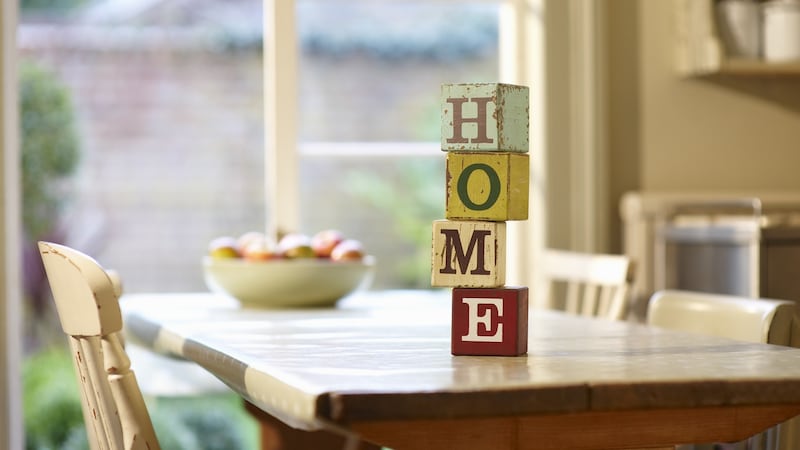
When he is out and about he gets stopped in the street all the time by viewers asking for advice on how to remedy their homes. Does he hate the attention? No he rather loves it. Building a house is the most complicated thing an architect can do, he says.
“The only thing that is more complex to design is an operating theatre. You have to be able to sleep in it, cook and eat in it, live in it and work in it. There’s no point in doing TV shows and putting books on shelves in shops if I don’t want to discuss it with the public. It means they’re interested. Sure, there are days I’d rather not but the benefits far outweigh the disadvantages.”












